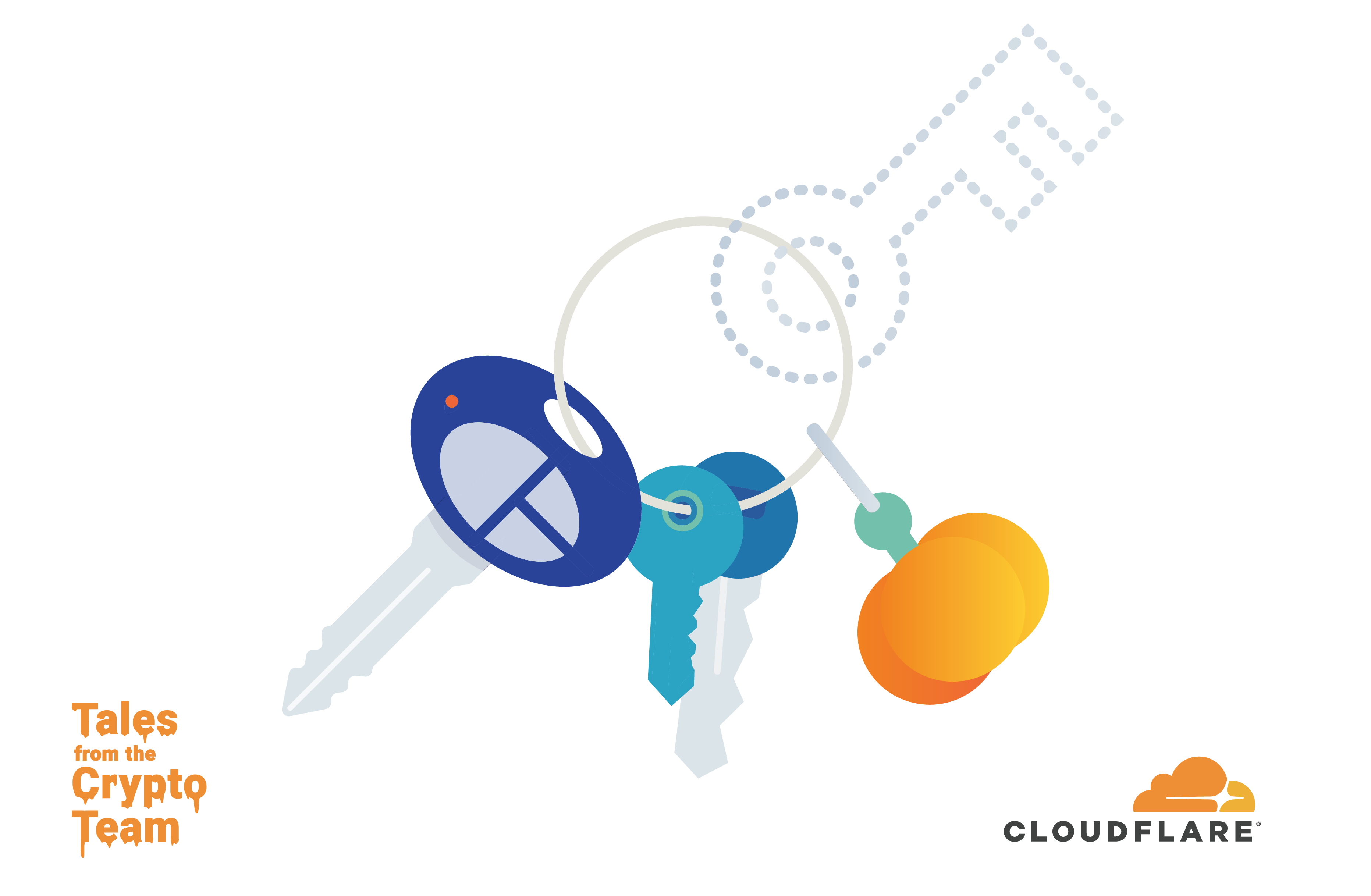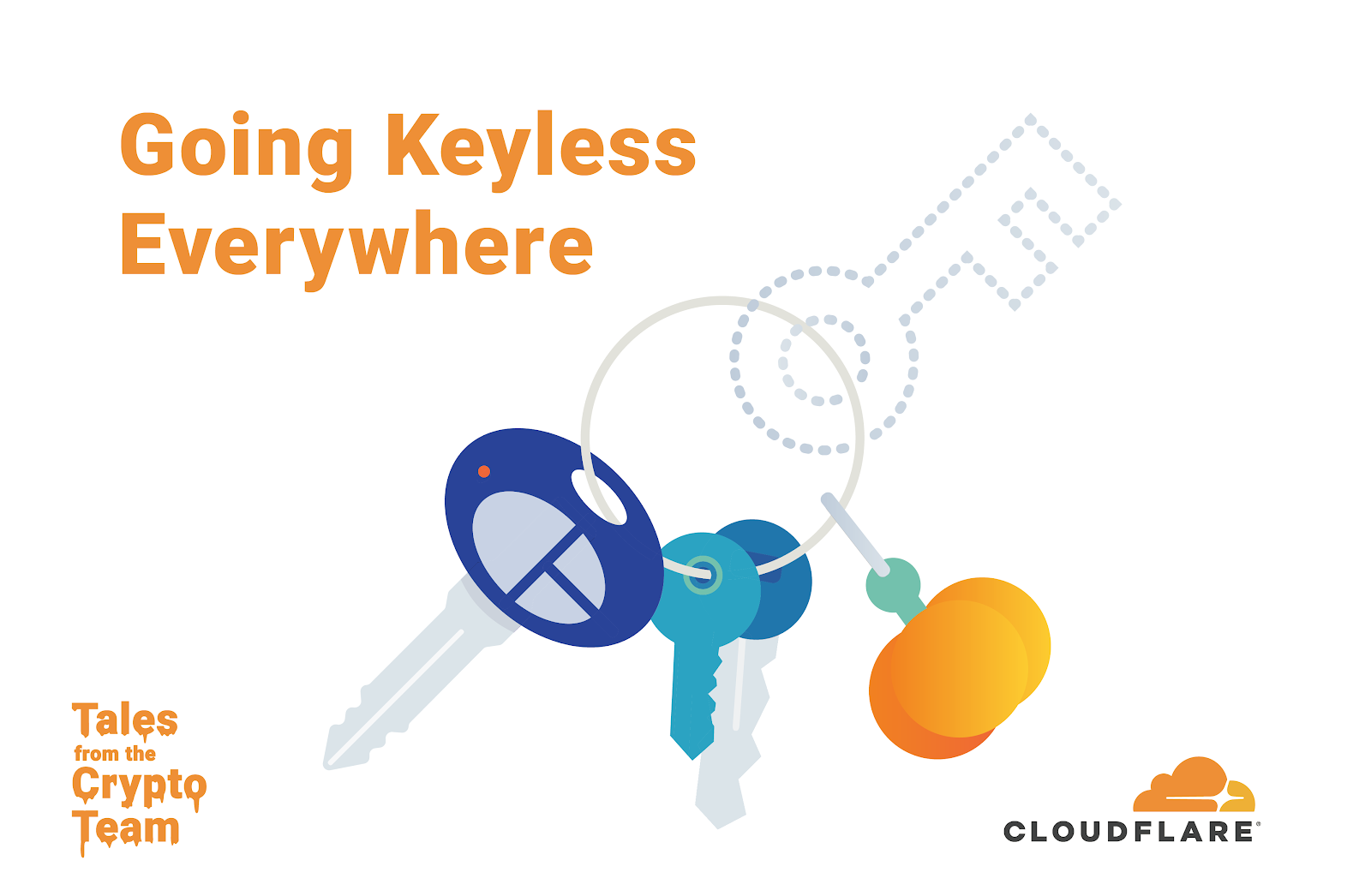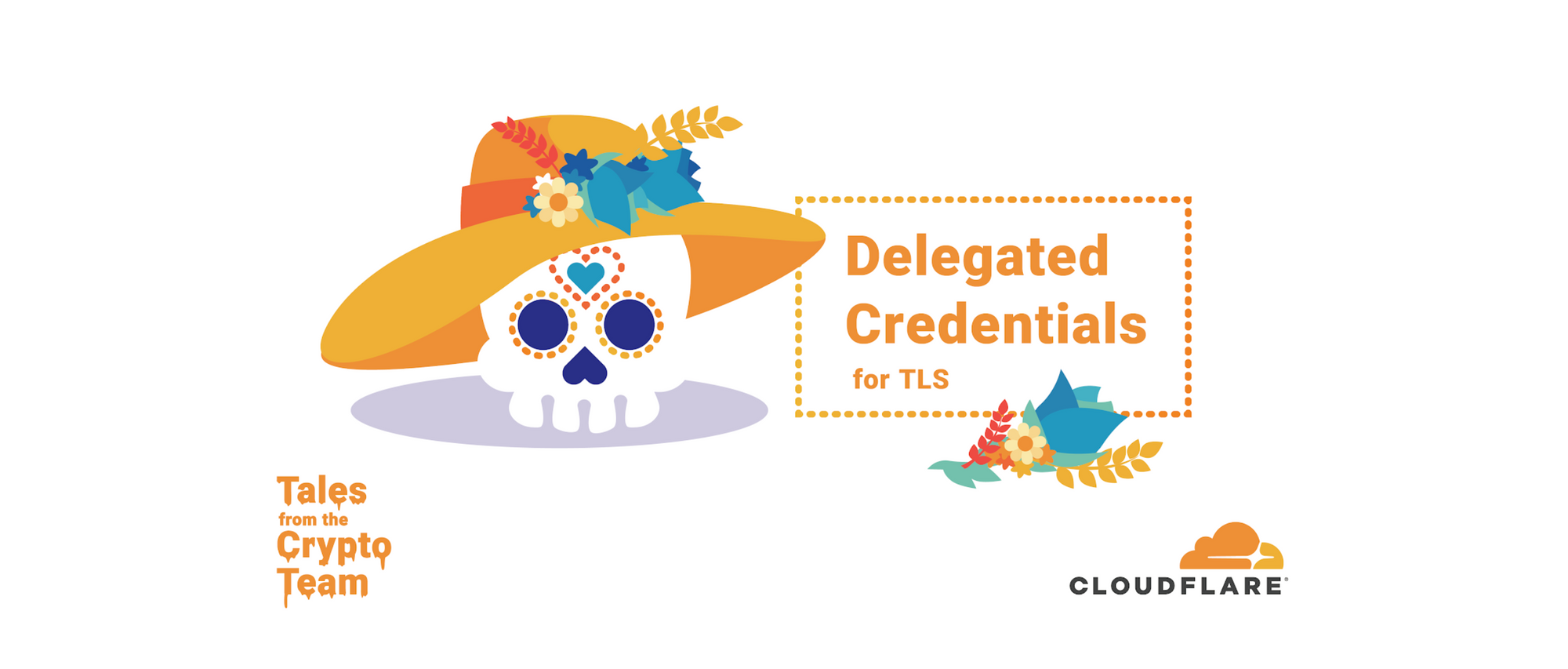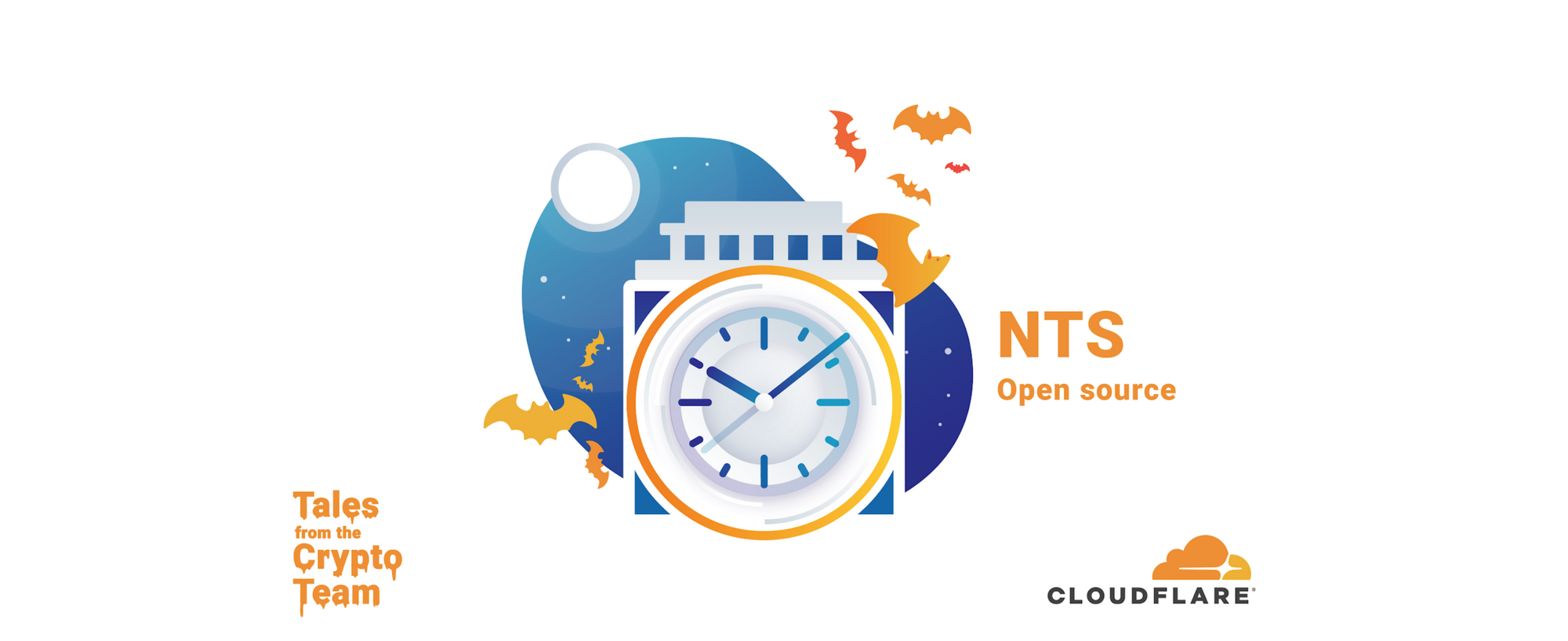The Future of Hidden Features
 You may have noticed last week that Ubiquiti added a new “feature” to their devices in a firmware updated. According to this YouTube video from @TomLawrenceTech, Ubiquiti built an new service that contacts a URL to “phone home” and check in with their servers. It got some heavy discussion going, especially on Reddit.
You may have noticed last week that Ubiquiti added a new “feature” to their devices in a firmware updated. According to this YouTube video from @TomLawrenceTech, Ubiquiti built an new service that contacts a URL to “phone home” and check in with their servers. It got some heavy discussion going, especially on Reddit.
The consensus is that Ubiquiti screwed up here by not informing people they were adding the feature up front and also not allowing users to opt-out initially. The support people at Ubiquiti even posted a quick workaround of blocking the URL at a perimeter firewall to prevent the communications until they could patch in the option to opt-out. If this was an isolated incident I could see some manner of outcry about it, but the fact of the matter is that companies are adding these hidden features more and more every day.
The first issue comes from the fact that most release notes for apps any more are nothing aside from platitudes. “Hey, we fixed some bugs and stuff so turn on automatic updates so you get the best version of our stuff!” is somewhat common now when it comes to a list of Continue reading
Infoblox Snaps Up SnapRoute, Eyes SASE Market
SnapRoute's network operating system joins InfoBlox's growing software portfolio and helps fill out...
SEC 2. Data plane and control plane protection in the networking (Nokia, Cisco and Mellanox/Cumulus) for IPv6.
Hello my friend,
After the release of the previous article outlining the data and control plane security for IPv4 in Cisco, Nokia and Mellanox/Cumulus (link) I’ve got several requests about the security in IPv6. The requests were fair enough and with this article we close this gap.
2
3
4
5
retrieval system, or transmitted in any form or by any
means, electronic, mechanical or photocopying, recording,
or otherwise, for commercial purposes without the
prior permission of the author.
Thanks
Special thanks for Avi Alkobi from Mellanox and Pete Crocker and Attilla de Groot from Cumulus for providing me the Mellanox switch and Cumulus license for the tests.
Disclaimer
This is the fourth article in the series about the Mellanox/Cumulus switch. The three previous are:
- Building lab with Mellanox SN2010
- Configuring Segment Routing on Mellanox/Cumulus, Cisco IOS XR and Nokia SR OS and connecting physical and virtual networks
- Data and control plane protection in Mellanox/Cumulus, Cisco IOS XR and Nokia SR OS
Brief description
The importance of the security for the network in terms of the control and data plane protection was explained in the previous article Continue reading
VMware, Menlo Security Unite, Safeguard SD-WAN Stronghold
Menlo Security claims to provide VMware VeloCloud customers with direct access to the internet...
Fortinet Locks SD-WAN, WAF Into Azure
The deeper integration provide a consistent operational security model for customers running...
Pica8’s Threshold Guns for Cisco, Legacy Vendors
In a 100 switch deployment, Pica8's pricing is roughly 98.5% lower than Cisco's, the vendor...
Cisco SVP: Security’s Worst Enemy Is Complexity
The vendor added proactive and defensive capabilities across its security portfolio as part of its...
VMware Project Maestro Orchestrates Telco Cloud
VMware added security services, unveiled a beta program for two of its new Kubernetes products, and...
Announcing VMware NSX Distributed IDS/IPS
Six years ago, VMware pioneered the concept of micro-segmentation to stop the internal, lateral spread of malware. We then launched the NSX Service-defined Firewall, an internal firewall that’s built into the hypervisor, distributed, and application aware. Shortly thereafter we introduced NSX Intelligence to automate security rule recommendations, streamlining the deployment of micro-segmentation.
Now we are announcing that we will be taking internal security to the next level by introducing optional Intrusion Detection and Prevention (IDS/IPS) for our Service-defined Firewall. Built on the same philosophy, the new NSX Distributed IDS/IPS will allow enterprises to fortify applications across private and public clouds.
VMware’s Security Is Intrinsic. Here’s What That Means.
Intrinsic Security is security that’s built in, not bolted on. And that makes it better.

When security is bolted on, it’s never as good as built-in security. Imagine an apartment building where you add the alarm system, the security cameras, and the fire escape after the fact. It looks awkward and doesn’t work that well, either.

But when you design those things in upfront, the effect is completely different. Everything just works better, as parts of a whole system. The same thing is true for security.
More importantly, when you build in Continue reading
Former Contrail CEO Launches Volterra With $50M, 30 Customers
Volterra’s cloud-native, SaaS-based platform can be deployed across multiple public clouds and...
Fortinet Fortifies Firewall, SD-WAN Capabilities
At the heart of the new firewall is the company's fourth-gen security processor, which it claims...
Going Keyless Everywhere


Time flies. The Heartbleed vulnerability was discovered just over five and a half years ago. Heartbleed became a household name not only because it was one of the first bugs with its own web page and logo, but because of what it revealed about the fragility of the Internet as a whole. With Heartbleed, one tiny bug in a cryptography library exposed the personal data of the users of almost every website online.
Heartbleed is an example of an underappreciated class of bugs: remote memory disclosure vulnerabilities. High profile examples other than Heartbleed include Cloudbleed and most recently NetSpectre. These vulnerabilities allow attackers to extract secrets from servers by simply sending them specially-crafted packets. Cloudflare recently completed a multi-year project to make our platform more resilient against this category of bug.
For the last five years, the industry has been dealing with the consequences of the design that led to Heartbleed being so impactful. In this blog post we’ll dig into memory safety, and how we re-designed Cloudflare’s main product to protect private keys from the next Heartbleed.
Memory Disclosure
Perfect security is not possible for businesses with an online component. History has shown us that no matter how Continue reading
Delegated Credentials for TLS


Today we’re happy to announce support for a new cryptographic protocol that helps make it possible to deploy encrypted services in a global network while still maintaining fast performance and tight control of private keys: Delegated Credentials for TLS. We have been working with partners from Facebook, Mozilla, and the broader IETF community to define this emerging standard. We’re excited to share the gory details today in this blog post.
Also, be sure to check out the blog posts on the topic by our friends at Facebook and Mozilla!
Deploying TLS globally
Many of the technical problems we face at Cloudflare are widely shared problems across the Internet industry. As gratifying as it can be to solve a problem for ourselves and our customers, it can be even more gratifying to solve a problem for the entire Internet. For the past three years, we have been working with peers in the industry to solve a specific shared problem in the TLS infrastructure space: How do you terminate TLS connections while storing keys remotely and maintaining performance and availability? Today we’re announcing that Cloudflare now supports Delegated Credentials, the result of this work.
Cloudflare’s TLS/SSL features are among the top reasons Continue reading
Nokia’s SOAR Lineup Tackles 5G, IoT Security
“Basically 60% of the devices we are monitoring are IoT devices, and 78% of the malware we are...
What Scary Movies Can Teach Us About Internet Trust

Mad geniuses. Evil dolls. Slow zombies. This Halloween, we’ll see all of these horror film clichés come to life. Sure they’re fun, but are there lessons we can learn from them? What if they could teach us what not to do? We looked at seven scary tropes and what they might teach us about Internet trust.
The call is coming from inside the house.

The phone calls keep coming, each one scarier than the last. Ring. “Are you home alone?” Ring. “Have you locked the doors?” Ring. “Look in the basement.” It’s only then you realize the stalker has been in the house all along.
We lock our doors to make our homes more secure, but we don’t always think about the security of the things we connect to our home networks. An insecure connected device can put your whole network and the devices on it at risk. Meaning, yes, the cybersecurity threat could be coming from inside the house. By protecting your home network, you limit your devices’ exposure to online threats and help mitigate the risk they may pose to others. You can make your network more secure by using encryption, a strong password, and Continue reading
Announcing cfnts: Cloudflare’s implementation of NTS in Rust


Several months ago we announced that we were providing a new public time service. Part of what we were providing was the first major deployment of the new Network Time Security (NTS) protocol, with a newly written implementation of NTS in Rust. In the process, we received helpful advice from the NTP community, especially from the NTPSec and Chrony projects. We’ve also participated in several interoperability events. Now we are returning something to the community: Our implementation, cfnts, is now open source and we welcome your pull requests and issues.
The journey from a blank source file to a working, deployed service was a lengthy one, and it involved many people across multiple teams.
"Correct time is a necessity for most security protocols in use on the Internet. Despite this, secure time transfer over the Internet has previously required complicated configuration on a case by case basis. With the introduction of NTS, secure time synchronization will finally be available for everyone. It is a small, but important, step towards increasing security in all systems that depend on accurate time. I am happy that Cloudflare are sharing their NTS implementation. A diversity of software with NTS support is important for quick Continue reading
Deutsche Telekom Tackles Cyber Theft, Cloud Management
The operator also unveiled a partnership with Siemens to deliver corporate services to German...
Qualcomm-Backed Particle Banks $40M to Expand IoT Platform
“We have the largest developer community in the [IoT] industry. Almost 200,000 folks build their...
